There are few countries where gardens are as well loved as in England. Many of the most famous English gardens also come with a rich history or notable owners and have been carefully preserved for visitors today. But there is nothing more magical than a lost garden and especially one that dates back to the 1900s…
The Italian Garden at Great Ambrook, hidden behind high walls on the edge of Dartmoor, was abandoned in the 1960s and left mostly untended over the following 50 years. When it came up for sale in 2016 nature had taken over, with trees, ivy and brambles covering what remained of the garden structures and planting layout.
From our very first visit, we fell completely under its spell. It was a warm summer evening with the sun setting and, as we found our way along the overgrown paths, the garden revealed itself in ways we could not have expected. We felt like children who had landed in Narnia, with every turn revealing another secret, and one after another glorious but decaying garden structure.
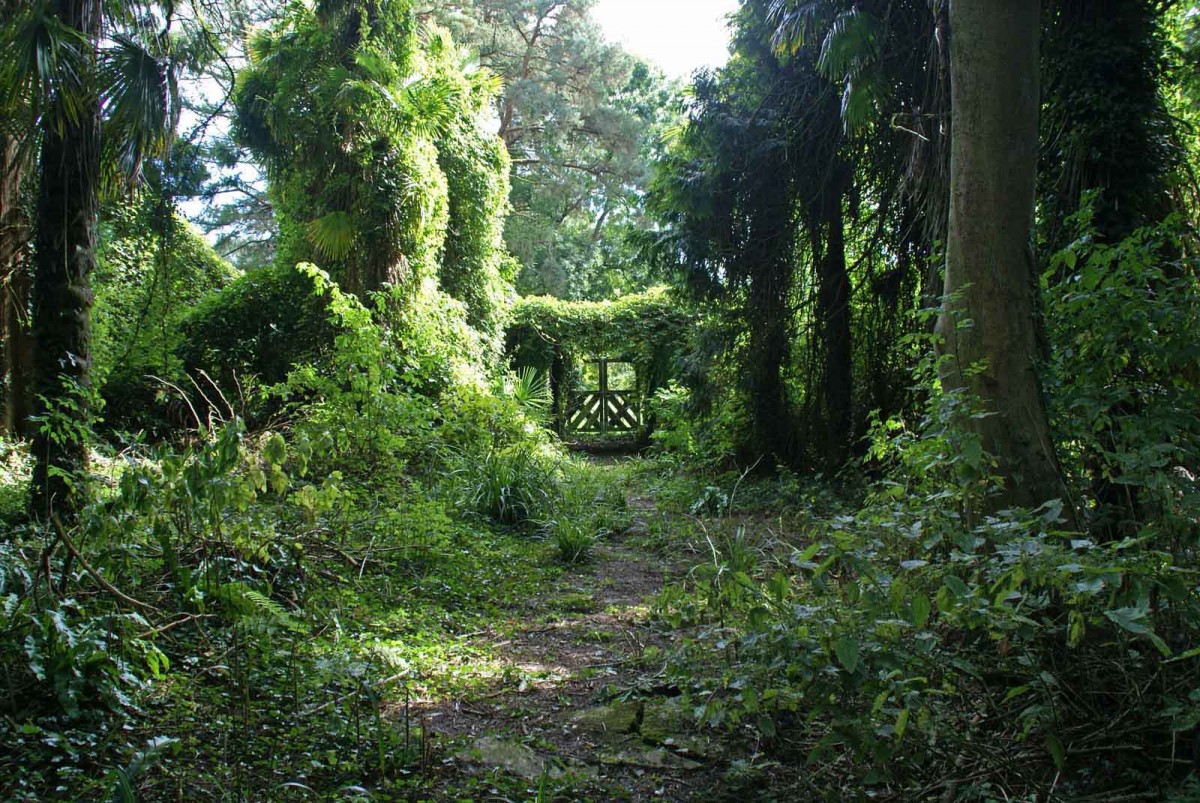
The Palm Walk in March 2016
The garden was completed in 1912 by Arthur Graham, a wealthy young man who built it on land next to the country house he had recently bought at Great Ambrook. This was the time of the great Edwardian garden designers Harold Peto and Gertrude Jekyll, and with large staffs of gardeners available, designs were often at a grand scale. Arthur spared no expense, using the best builder, Lewis Bearne, and designer, Thomas Henry Lyon, of the area, and engineering a sophisticated watering system to allow the Italianate style garden he wanted to thrive. There was a swimming pool with a sun terrace, an octagonal plunge pool next to a tennis court, an observatory with a quirky ogee roof inspired by a local stately home, and an ambitious planting plan with many trees and plants brought over from the most famous nurseries in Italy. A fashionable thirty-metre-long pergola and the Dell Garden in an old quarry completed the design.
But key to the garden was secrecy
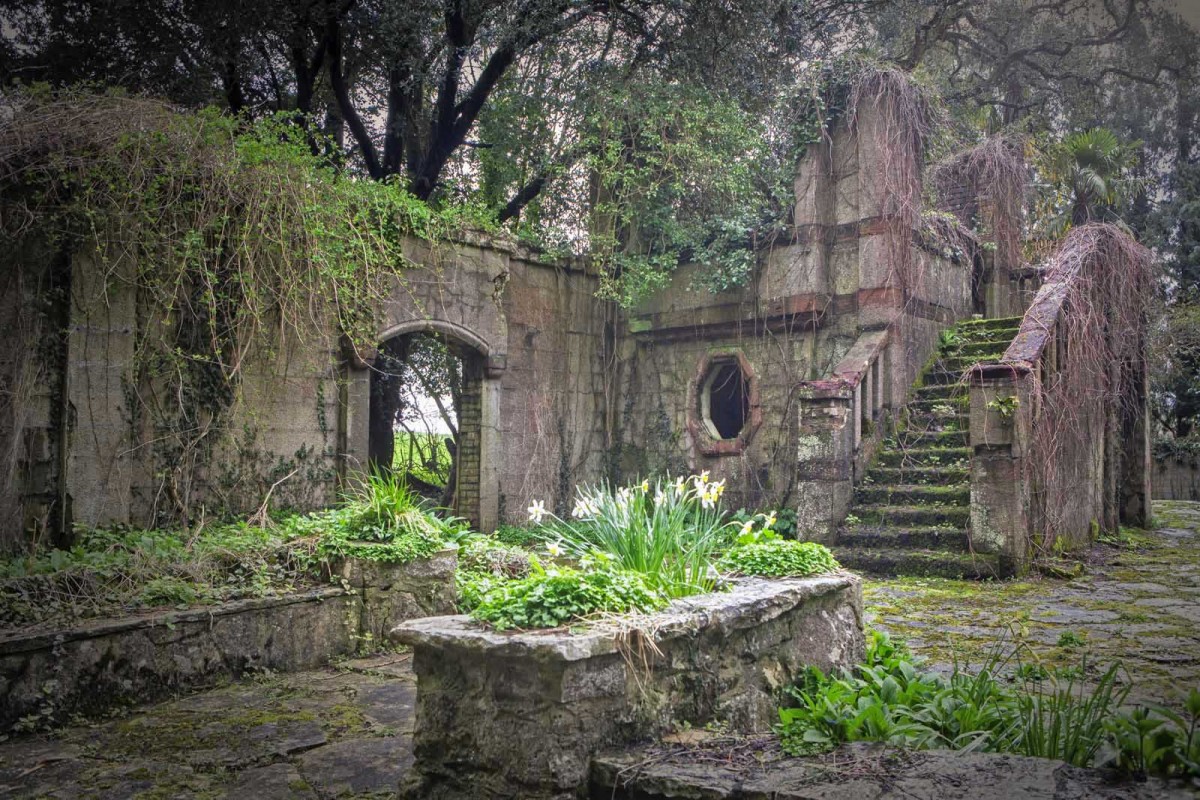
The Observatory in March 2020. Image by VICKI GARDNER
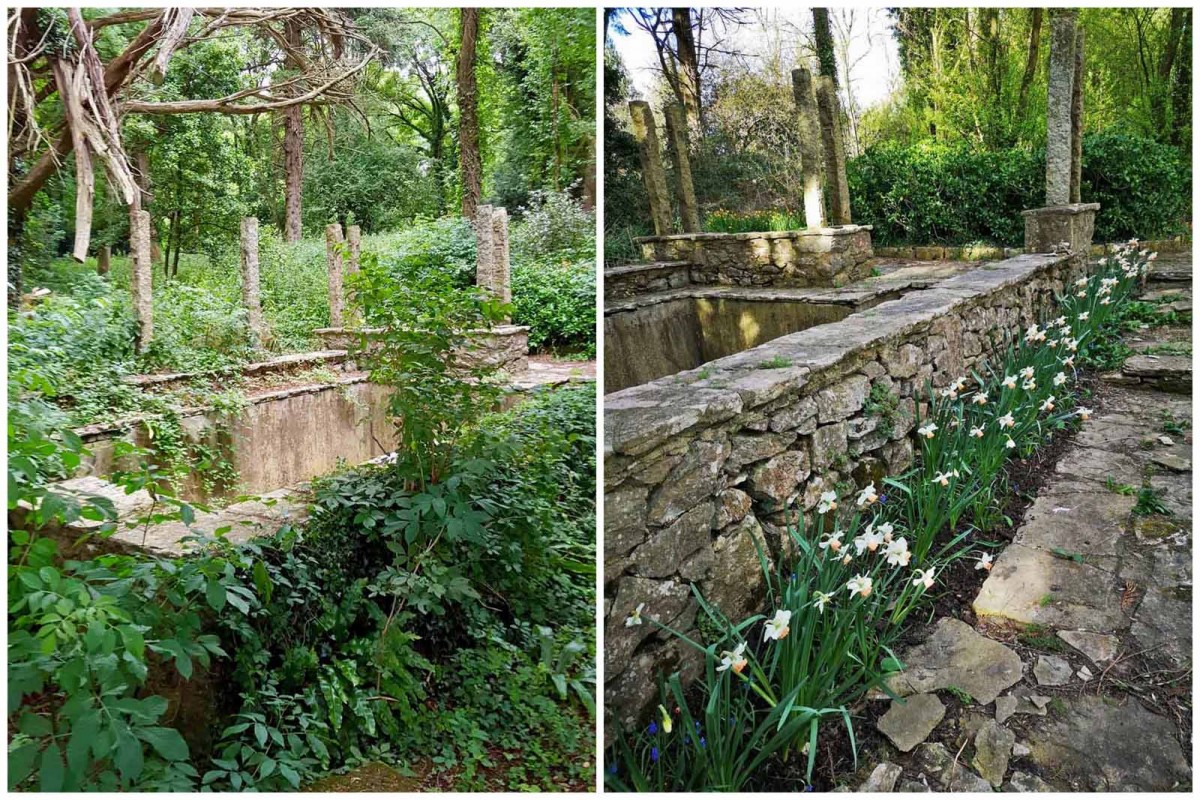
The Swimming Pool in July 2016, and in March 2021
But key to the garden was secrecy. The four-metre-high walls were essential to this hidden paradise giving privacy and protection to its owner and his friends who were mostly homosexual. This was a time when being gay was a criminal offence and it is hard not to feel for the plight of individuals who could not be themselves in society. Arthur also became a well-known and popular member of the local South Devon community, but he sadly died young and within a generation the garden had been separated from the house and left to decay.
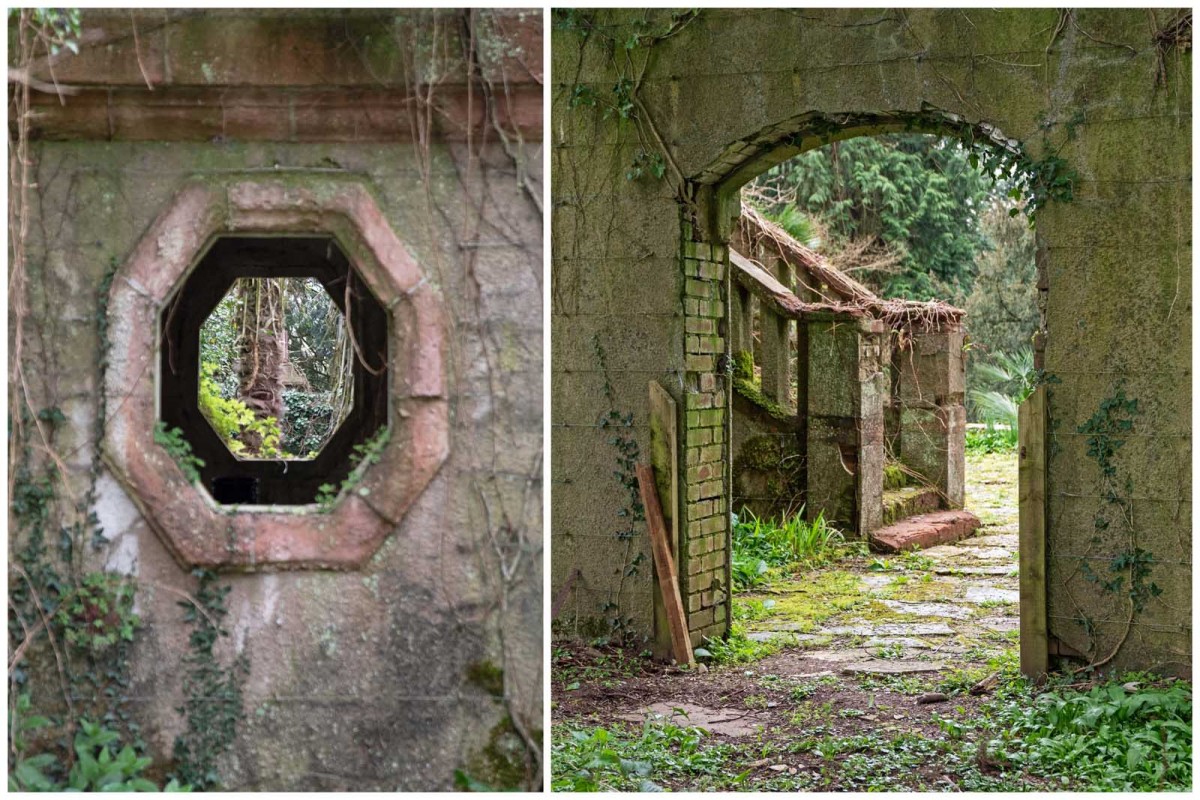
Privacy was an essential component of the garden's design. Image by ALEX GRAEME
We fell under the spell of the garden from that first visit. We bought it in 2016 jointly with some great friends with a vision to restore it in a way that keeps the lost feel that had so entranced us on that first visit, while also respecting the original owner Arthur Graham’s desire to integrate with and contribute to the local community.
The initial stages of the restoration have required a lot of hard work. We have been lucky enough to have a fantastic group of volunteers who have made incredible progress in clearing the overgrowth and piecing together the original design, helping us to protect the structures and develop a detailed restoration plan. As they have peeled away some of the undergrowth, the majesty of the garden has been uncovered. Who would imagine that groves of ten-metre-tall palm trees could be growing in Devon? When you see a photo of the Palm Walk today you could imagine yourself far away from England.
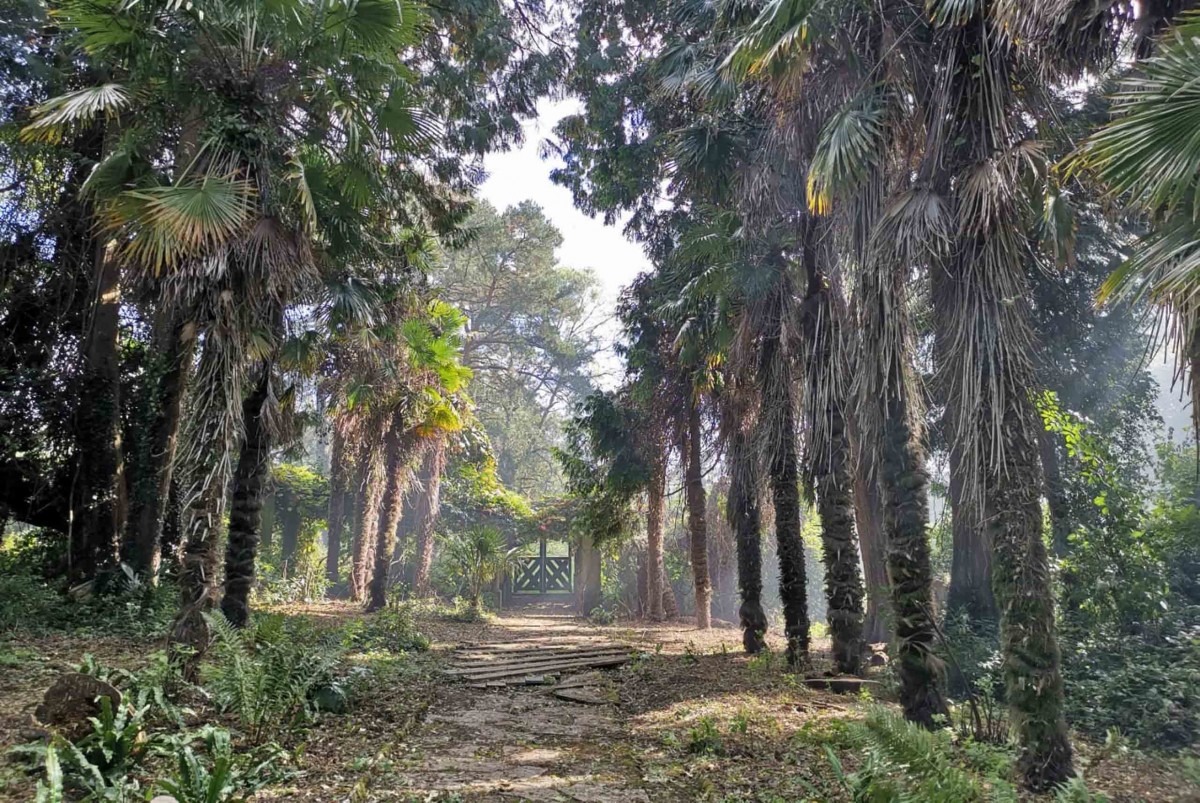
The Palm Walk in September 2020. Image by JANET UNWIN
We have been fortunate to win Heritage Lottery funding which has allowed us to offer the garden as a resource for the local community – with everything from photography, art and well-being workshops through to classes teaching the ancient tradition of willow-making.
We have embarked on the long journey of sensitively restoring structures, replacing the three-metre-tall carriage drive entrance gate built to its original design by local craftsmen in seasoned oak. A major project this summer is restoring the pergola where we have a specialist volunteer team piecing together the original design making sure we recapture its splendour.

The Pergola at the Italian Garden at Great Ambrook. Image by ALEX GRAEME
Ultimately it is not just England’s beauty but its heritage, culture and history that are precious to those that live both here and overseas. The more we learn about it, the more we see how the Italian Garden can become an important part of that story. Just as importantly, with all the issues the world has seen in recent months and years, it’s become a fantastic way to help the spirit of community, diversity and of tolerance to come to the fore in a quiet part of South Devon.
At the time of writing visits to The Italian Garden at Great Ambrook can be arranged by appointment. Please visit their website for further details.

Some of the neighbours relaxing next to the Italian Gardens. Image by ALEX GRAEME



540+k followers
152+k followers